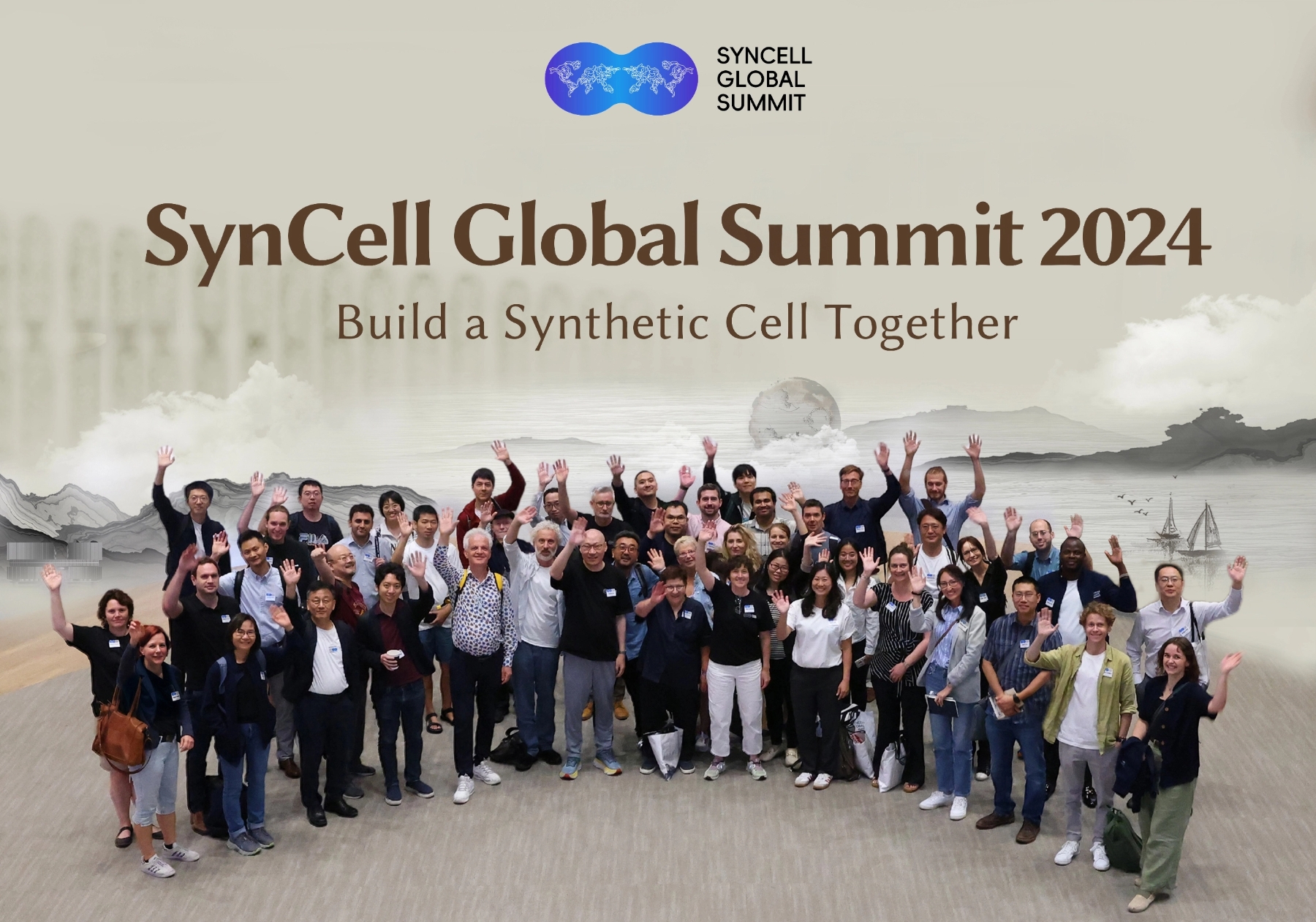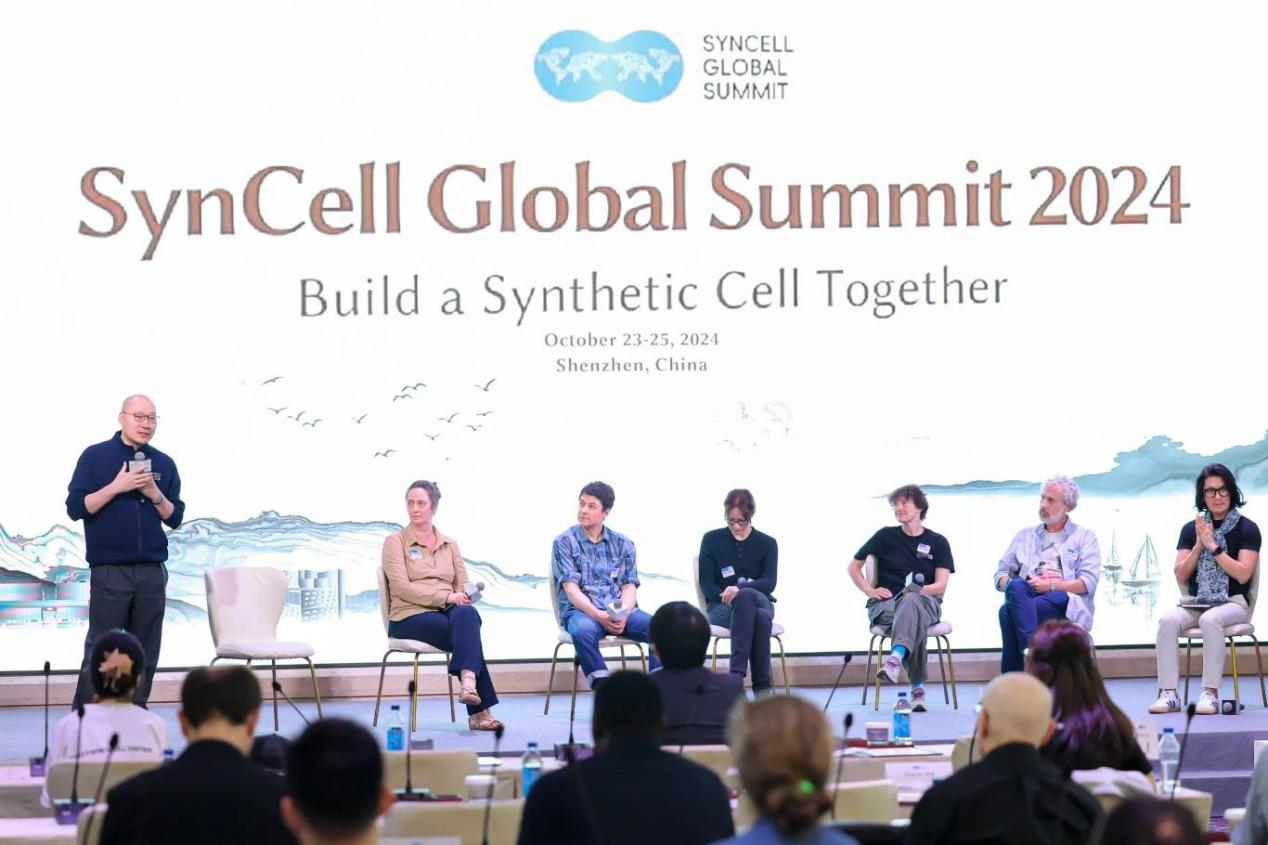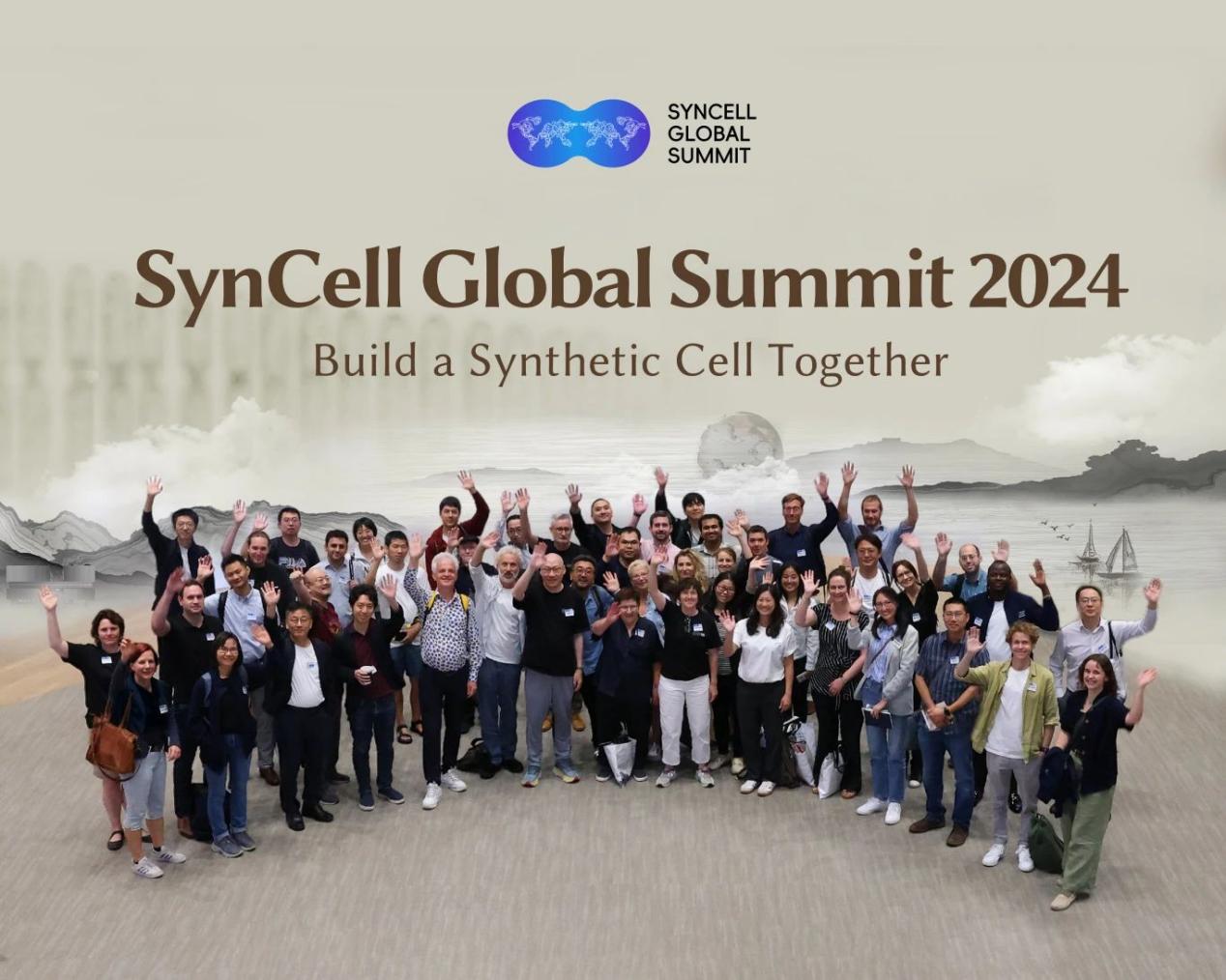
-
Date(s)
23/10/2024–25/10/2024
-
Address
Shenzhen, China
The inaugural Synthetic Cell Global Summit was successfully held from October 23-25 in Shenzhen, bringing together leading synthetic biology experts from 37 universities and research institutions across 15 countries worldwide. This landmark event facilitated extensive discussions on current developments, frontier scientific challenges, and technological innovations in synthetic cell research, while exploring new pathways for international collaboration.
Co-chaired by seven distinguished scientists who represent the foundation of synthetic biology research globally, the summit featured Professor George Church of Harvard University, Professor Jay Keasling of UC Berkeley, Professor Cees Dekker of Delft University of Technology, Professor Petra Schwille of the Max Planck Institute of Biochemistry, Professor Ariel Lindner of the French National Institute of Health and Medical Research, Professor Matthew Chang of the National University of Singapore, and Professor Chenli Liu of the Shenzhen Institute of Advanced Technology, Chinese Academy of Sciences.

The summit achieved a significant milestone by uniting major synthetic cell initiatives worldwide, including SynCell EU, U.S. Build-A-Cell, SynCell Asia, and SynCell Africa. The gathering attracted 48 leading scientists from 15 countries, featuring seven national academicians from the United States, Netherlands, and Germany, notably including 2024 Nobel Laureate in Chemistry David Baker, along with U.S. Build-A-Cell Steering Committee members Kate Adamala and Vincent Noireaux.
During a pivotal session addressing the central question "What is the biggest challenge in achieving the transition from non-living to living artificial systems?", Professor George Church emphasized that while current synthetic cell systems demonstrate certain biological functions, significant hurdles remain in achieving systems that closely resemble natural cellular life. He highlighted challenges in precise biomolecular concentration regulation and coordination of biological process speeds and efficiencies.
David Baker presented artificial protein design as a crucial direction for synthetic cell development. He outlined two complementary approaches: understanding natural molecular mechanisms followed by AI-assisted simplification, and AI-driven de novo design based on target functions. "Both approaches have distinct advantages," Baker noted, "and we need to pursue them in parallel with bidirectional iteration to breakthrough complex biomolecule design."
The conference featured deep discussions across diverse topics in synthetic cell research, with particular focus on building international consensus and addressing both opportunities and challenges through collaborative efforts. Participants engaged in thorough exchanges on scientific challenges, technological breakthroughs, AI applications, and societal impacts through academic presentations and roundtable forums.
Professor Kate Adamala, co-founder of U.S. Build-A-Cell, expressed strong optimism for international cooperation: "Geographical separation remains a challenge for global synthetic cell research. Through this conference, we hope to exchange ideas with researchers worldwide, pooling our wisdom to achieve truly borderless international collaboration."
Professor Chenli Liu highlighted the conference's achievement in establishing the SynCell Global Organizing Committee and reaching consensus on rotating the SynCell Global Summit across different continents."This stable cooperation mechanism will inevitably attract more international research institutions to join frontier research, addressing scientific challenges common to all humanity," Liu stated.
The successful conclusion of this summit signals a new phase of expanded cooperation and accelerated development in synthetic cell research, potentially attracting broader international participation in this cutting-edge field that holds promise for addressing fundamental scientific questions and global challenges.


